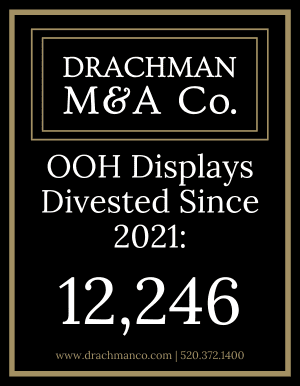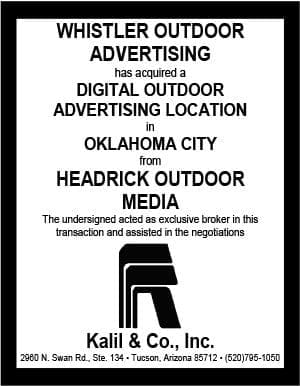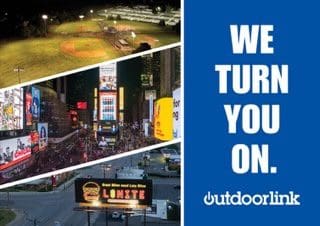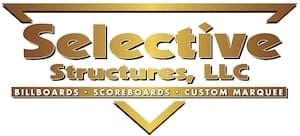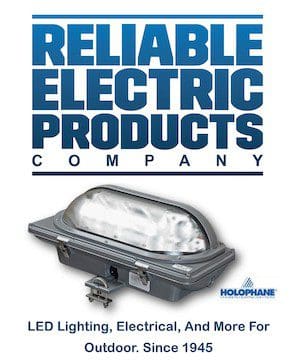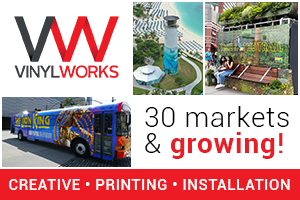
By Michael Rosen, Chief Revenue Officer, Intersection

A few weeks ago, the Reuters Institute for the Study of Journalism published the results of its most recent global news consumption survey. The study revealed that people all over the world have lost faith in nearly all forms of content-driven media, whether TV, online news, search engines, messaging apps, or social media. In fact, only a paltry 26% of respondents said they trust some of the social media platforms at all. This comes at a time when consumer expectations are higher than ever. The convergence of a pandemic, social unrest, and a global recession has put unprecedented pressure on corporate social responsibility, and some brands are making a statement with their ad dollars.
And for good reason: According to Edelman’s 2019 Trust Barometer Report, 81% of consumers said that “trusting a brand to do what is right” is a deciding factor in their buying decisions. (And this was prior to COVID-19!) Consumers want brands to share their values and help tackle important societal challenges.
Online and mobile ads have always faced the risk of appearing next to negative, inappropriate, or “fake” content, especially on platforms supported by user-generated and unverified sources. For years, advertisers have vocally expressed concerns but had few ways to control or predict these scenarios outside. But the events of the last few months have made the stakes a lot higher.
All of this further underscores the increasing importance of brand safety and value alignment in a brand’s media strategy. And this is where Out of Home (OOH) truly shines above the rest.
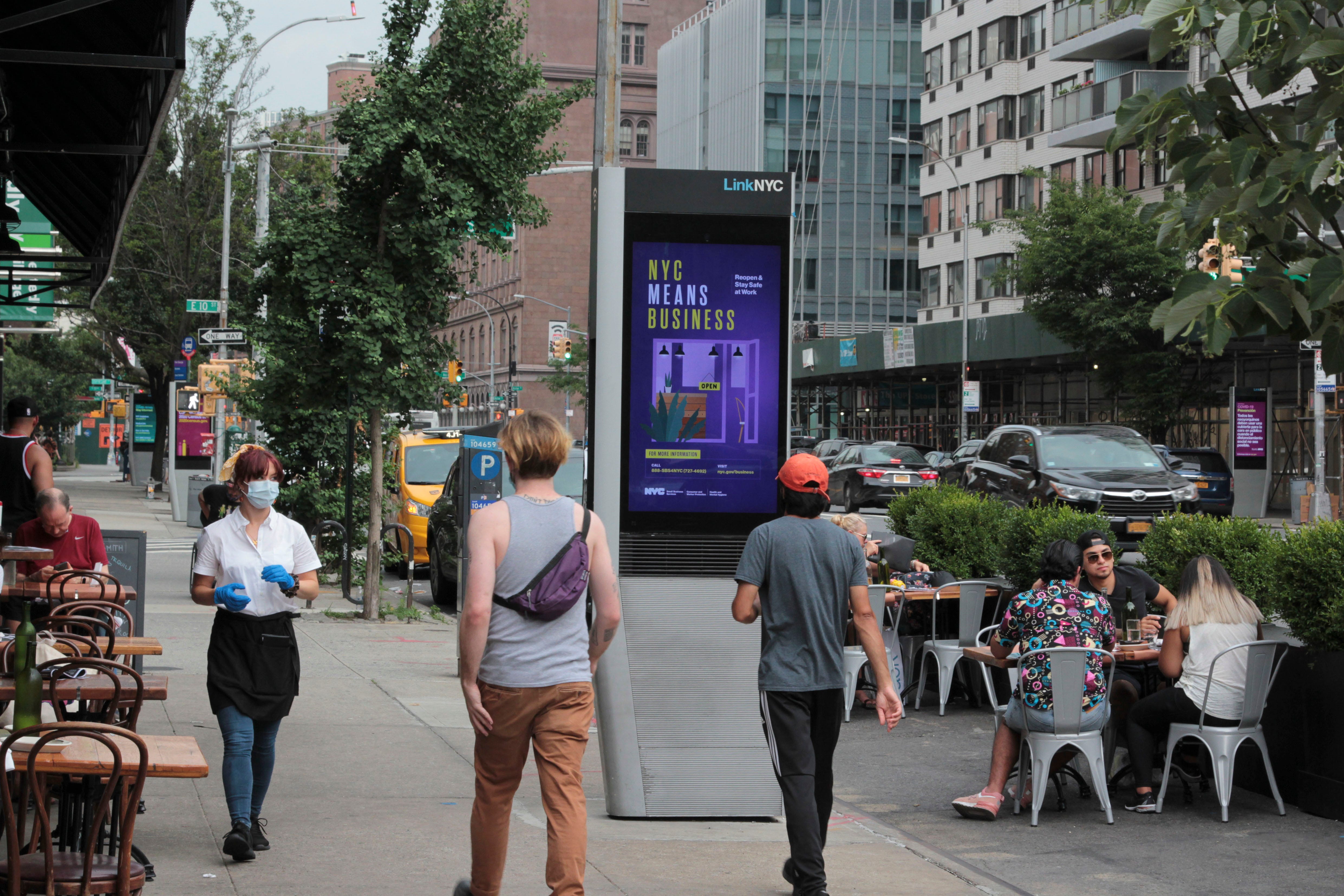
OOH publishers work with partners, such as transit agencies and city officials, to determine whether content is factual and safe, so there is little risk to brand safety for either consumers or advertisers. Most content on OOH screens provide the kind of utility that people look for in public, like transit updates and PSAs, or local flavor, such as public art. Misinformation and harmful rhetoric have no place in public space.
Advertisers may also choose the specific locations and times they want their OOH ads to appear, creating an additional element of control and contextual relevance that is not possible with most online advertising. But more importantly, OOH advertising is exactly what it appears to be — a message by someone who paid for it. It’s no surprise that research has shown that OOH is more trusted than any digital medium, including social, mobile, and online advertising.
OOH is also a cost-effective way to reach massive audiences, with important advantages over digital media in terms of viewability and transparency, in addition to brand safety. Additionally, the digitization of OOH screens and advancements in location data have enabled programmatic efficiency, privacy-safe targeting of audiences, and the ability to quantify impact, from brand awareness to foot traffic to digital events, such as mobile downloads and online conversions.
And unlike online media, people have a stronger emotional connection to their neighborhoods and physical surroundings than they do their phone screens. This context, combined with life-sized creative canvases, makes OOH a bold choice with unlimited creative possibilities for reaching and connecting with consumers. Brands can shift seamlessly from social media stories to city stories.
In deciding where to allocate their ad dollars, advertisers will need to consider not just the efficacy of the channels they choose, but value and trust that consumers place on them. OOH helps advertisers convey the trust, safety, and utility that consumers now demand and will expect moving forward.
[wpforms id=”9787″]
Paid Advertisement
